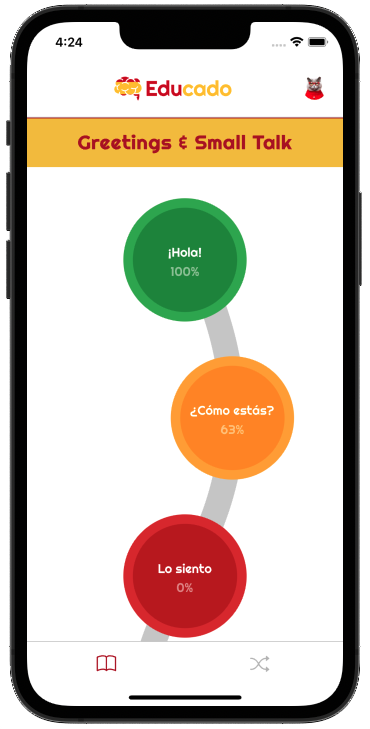Present tense in English versus Dutch
In English, it's very common to use the present continuous tense to describe actions that are happening right now or are planned for the near future. For example, when someone says, "I'm going to the gym," it often means they are leaving for the gym at this very moment. This form ("am/are/is + verb-ing") conveys an action that is currently in progress or imminent.
However, in Dutch, the present tense functions differently. Dutch typically uses the simple present tense to indicate both present actions and future plans. For instance, the equivalent sentence in Dutch would be "Ik ga naar de sportschool," which directly translates to "I go to the gym." In Dutch, this phrase can mean both "I am going to the gym right now" and "I go to the gym regularly," depending on the context.
Unlike English, which often distinguishes between the ongoing nature of an action and a habitual or future action with different verb forms, Dutch relies more heavily on context to convey these nuances. Therefore, understanding the context in which these sentences are used is crucial when translating between English and Dutch or when learning to use these tenses correctly in each language.
If we would translate "I'm going to the gym" to Dutch in a literal sense, it would be "Ik ben naar de sportschool aan het gaan". There is only one way to interpret this sentence: the speaker is actively, at this point in time, on his way to the gym. Although technically correct, it's not a common way to convey this message.
In other words: in most cases using the simple present tense will suit your needs. Even if you would say: "I'm going to the gym this afternoon" this would translate as "Ik ga vanmiddag naar de sportschool", even though the future tense would officially be "Ik zal vanmiddag naar de sportschool gaan". But basically nobody ever says that.
To make matters even more complicated (or simple, depending on how you feel about it), the present tense will sometimes be used to describe past events. A good example is when Dutch people talk about a conversation they've had. You will often catch them saying something along the lines of "Ik zeg 'dat is niet waar'", when they really "should" say "Ik zei 'dat is niet waar'" instead. In this instance, the context is incredibly important.
In other words: the simple present tense is a very versatile and useful tool in Dutch and in a lot of cases it's very similar to the present continuous tense in English.
© Copyright Educado 2024 - All rights reserved
Educado | Opaallaan 1180 | 2132LN | Hoofddorp | Netherlands


